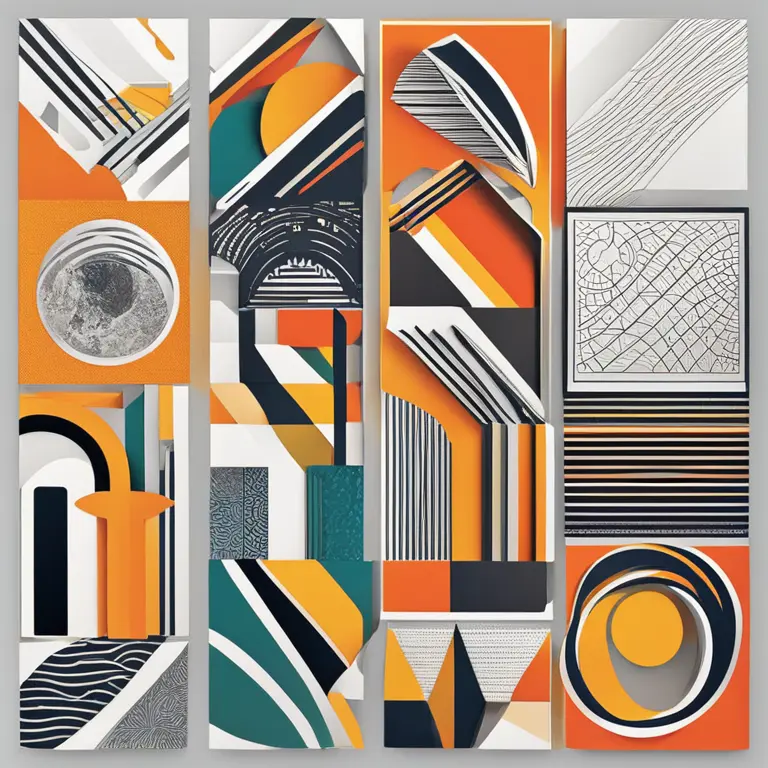
The Art of Hand Analysis: Insights from Palms
Explore the nuances of hand analysis in the context of palmistry, gaining insights into character and fate through the study of palms.
article by Nora Pennington
Introduction to Hand Analysis
Hand analysis, often synonymous with palmistry, delves into the intricate details etched onto our palms. For centuries, individuals have turned to the lines and features of their hands in the pursuit of self-understanding and forecasting possible life events. In modern practice, hand analysis merges ancient techniques with contemporary psychological insights, presenting a refined approach to deciphering one's potential and trends. This article serves as a beginner's guide into the captivating world of palm lines, shapes, and mounts.

The Lines of Destiny
The main lines on our palms are the heart line, head line, life line, and sometimes the fate line. Each holds significance: the heart line reflects emotional affairs; the head line represents intellectual tendencies; the life line captures vitality and life changes; and the fate line, not present in all individuals, indicates the degree to which one's life is affected by external factors. Modern hand analysts consider these lines as indicators of personality traits and potential life paths rather than deterministic scripts.

Mounts and Meaning
Beyond the lines, hand analysis examines the mounts, or raised pads, found at the base of the fingers and the palm. Each mount corresponds to a celestial body and is associated with certain characteristics. For instance, the Mount of Venus, located near the thumb, speaks to love and passion, while the Mount of Jupiter, under the index finger, conveys leadership qualities. Interpreting the mounts requires assessing their prominence, as well as any marked signs or symbols present.

Finger Analysis
Fingers also contribute to the tapestry of hand analysis. The length, shape, and flexibility of fingers reveal facets of an individual's temperament and approach to life. The thumb, with its unique mobility, relates to willpower and self-control. Modern palmists observe the ratio between phalanges—or finger sections—to deduce one's balance between logic, action, and emotion. Additionally, fingernails, with their various shapes and conditions, add yet another dimension to the analysis.

Genetic Insights and Dermatoglyphics
With advancements in genetics and dermatoglyphics (the study of skin patterns and ridges), hand analysis has extended its reach. The ridges, spirals, and loops found in fingerprints and handprints offer a genetic blueprint potentially indicative of certain inherited traits or predispositions. While this scientific aspect doesn't necessarily predict the future, it enrichens the interpretation of hand features by providing a biological perspective.
Refining Interpretations with Technology
In the age of digital analytics, even the traditional practice of palmistry is evolving. Software and applications can now scan palms, delivering precise measurements and interpretations based on accumulated data. Such digital tools don’t replace the intuitive and experienced hand analyst but serve as a complement, helping to corroborate findings and offering a more personalized analysis.
Hand Analysis as a Self-Reflection Tool
Hand analysis today is largely recognized as a reflective tool—a means to contemplate one's potentialities and tendencies. It provides a unique narrative, one that can inspire and guide without imposing fate. Those consulting a hand analyst or studying their own palms often find a source of empowerment, learning to navigate traits and skills that are, quite literally, at their fingertips.
Published: 1/11/2024
Modified: 1/12/2024
More predictions
Come back here soon to learn more about yourself and your future


Can Palmistry Foresee One’s Demise?
Delve into the contentious debate about whether palmistry can predict the end of life and the ethical considerations of such a claim.


The Efficacy of Palmistry: Real Insight or Fancy?
Delve into the validity of palmistry as a form of divination. Is there a truth behind the lines on our palms, or is it just a charming fancy?


Palmistry: The Historical Overview
Delve into the dawn of palmistry and trace its journey through the corridors of time, uncovering the roots of this ancient practice.